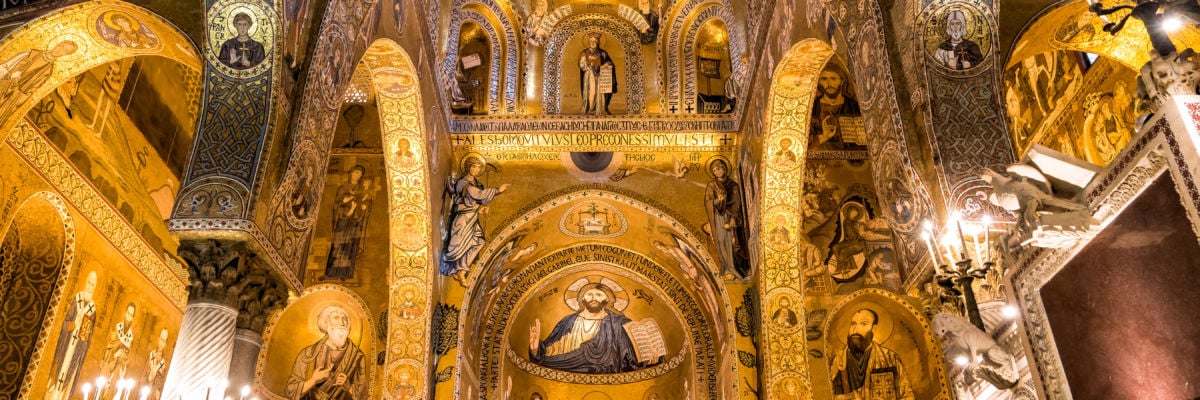
Question:
Answer:
As Colin Donovan, Vice-President for Theology at EWTN notes well, “A Rite represents an ecclesiastical, or church, tradition about how the sacraments are to be celebrated.”
A “Particular Church” is an ecclesiastical grouping of the faithful by the Pope, and overseen by a validly ordained bishop or some other lawfully deputed representative of the Pope.
The most common example of a “particular Church” is diocese, over which governs a bishop who is in full communion with the Pope. As The Code of Canon Law provides:
Particular churches, in which and from which the one and only Catholic Church exists, are first of all dioceses, to which, unless it is otherwise evident, are likened a territorial prelature and territorial abbacy, an apostolic vicariate and an apostolic prefecture, and an apostolic administration erected in a stable manner (canon 368).
The Archdiocese of Detroit provides more info on a diocese as a “particular Church”:
A diocese is a section of the People of God entrusted to a bishop to be guided by him with the assistance of his clergy so that, loyal to its pastor and formed by him into one community in the Holy Spirit through the Gospel and the Eucharist, it constitutes one particular church in which the one, holy, catholic and apostolic Church of Christ is truly present and active.
Churches not in full communion with the Pope, yet which have valid apostolic successors (bishops) and a valid Eucharist, are still “true particular Churches” (CDF, Dominus Iesus, no. 17).
For on more particular Churches, see The Code of Canon Law, canon 368ff.



